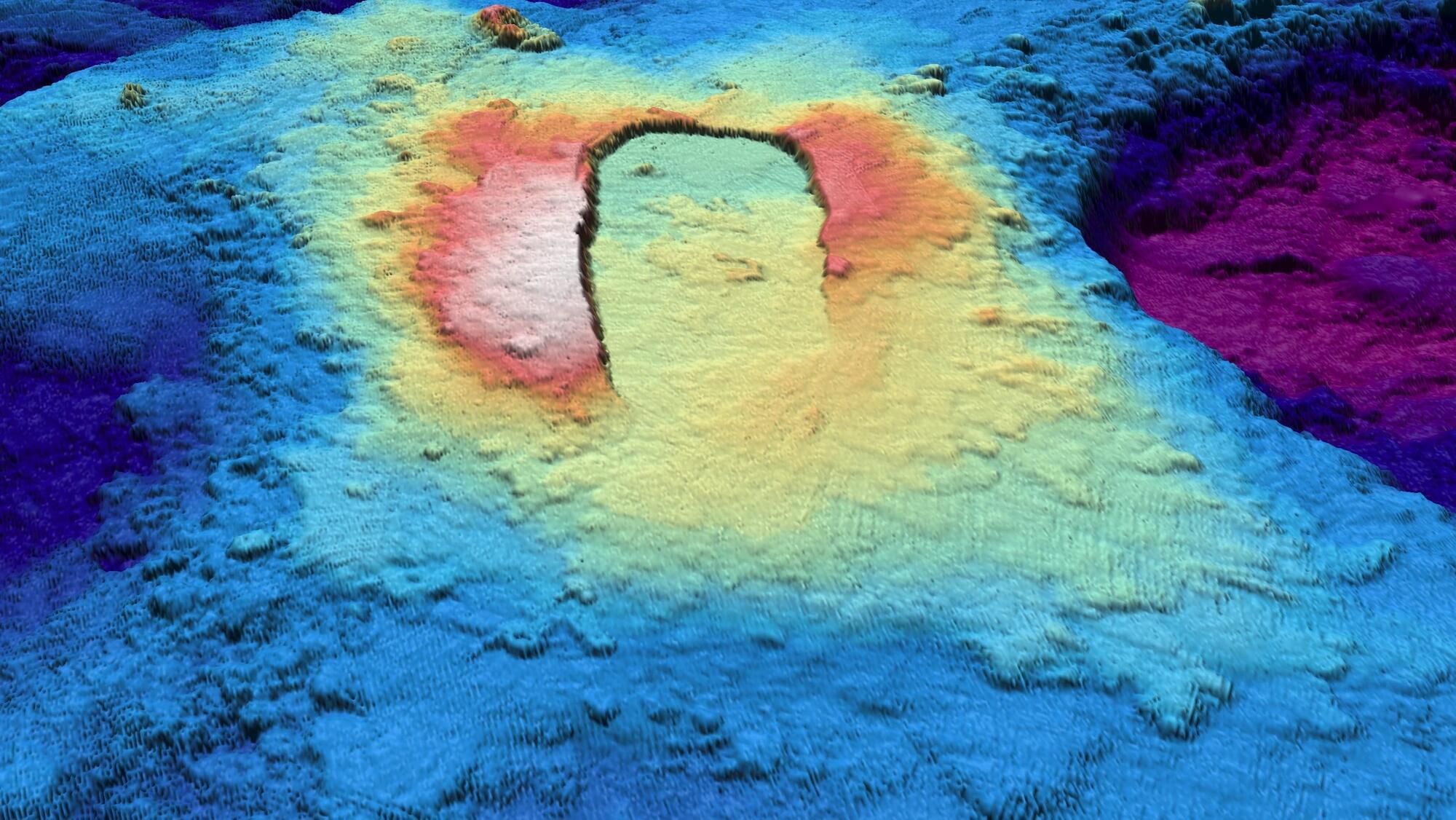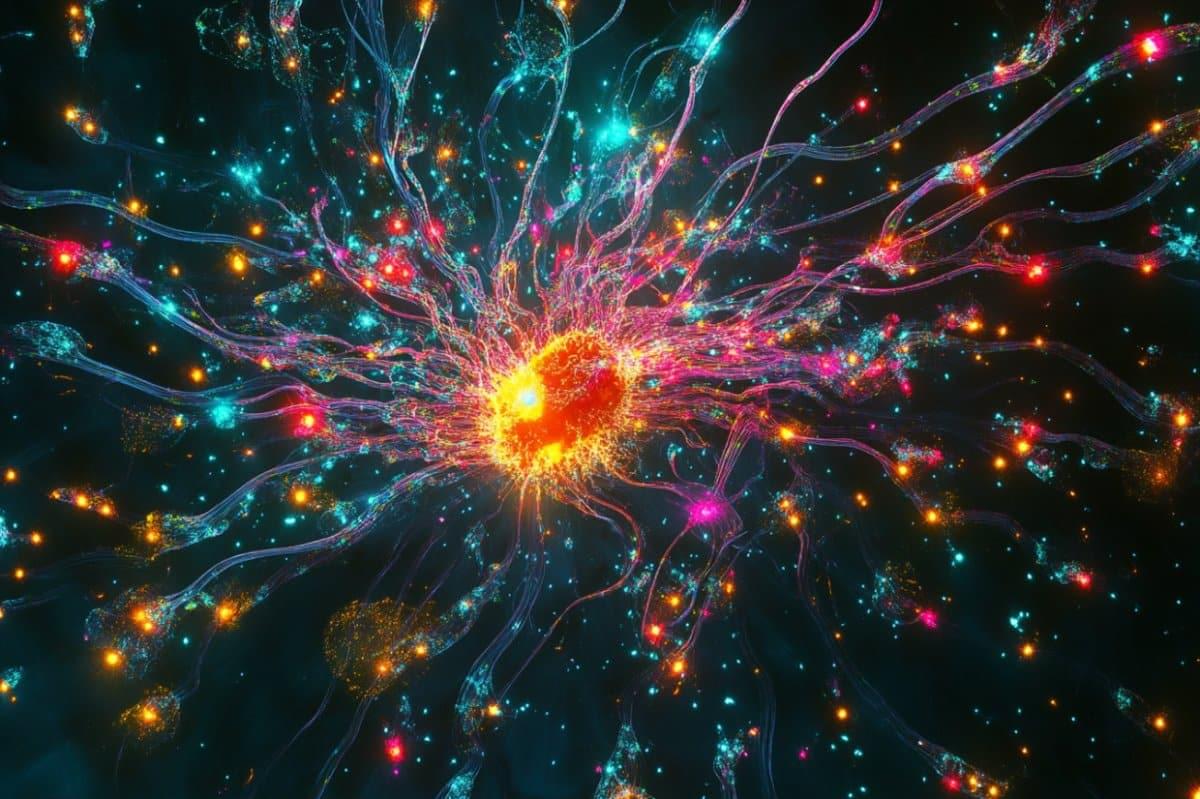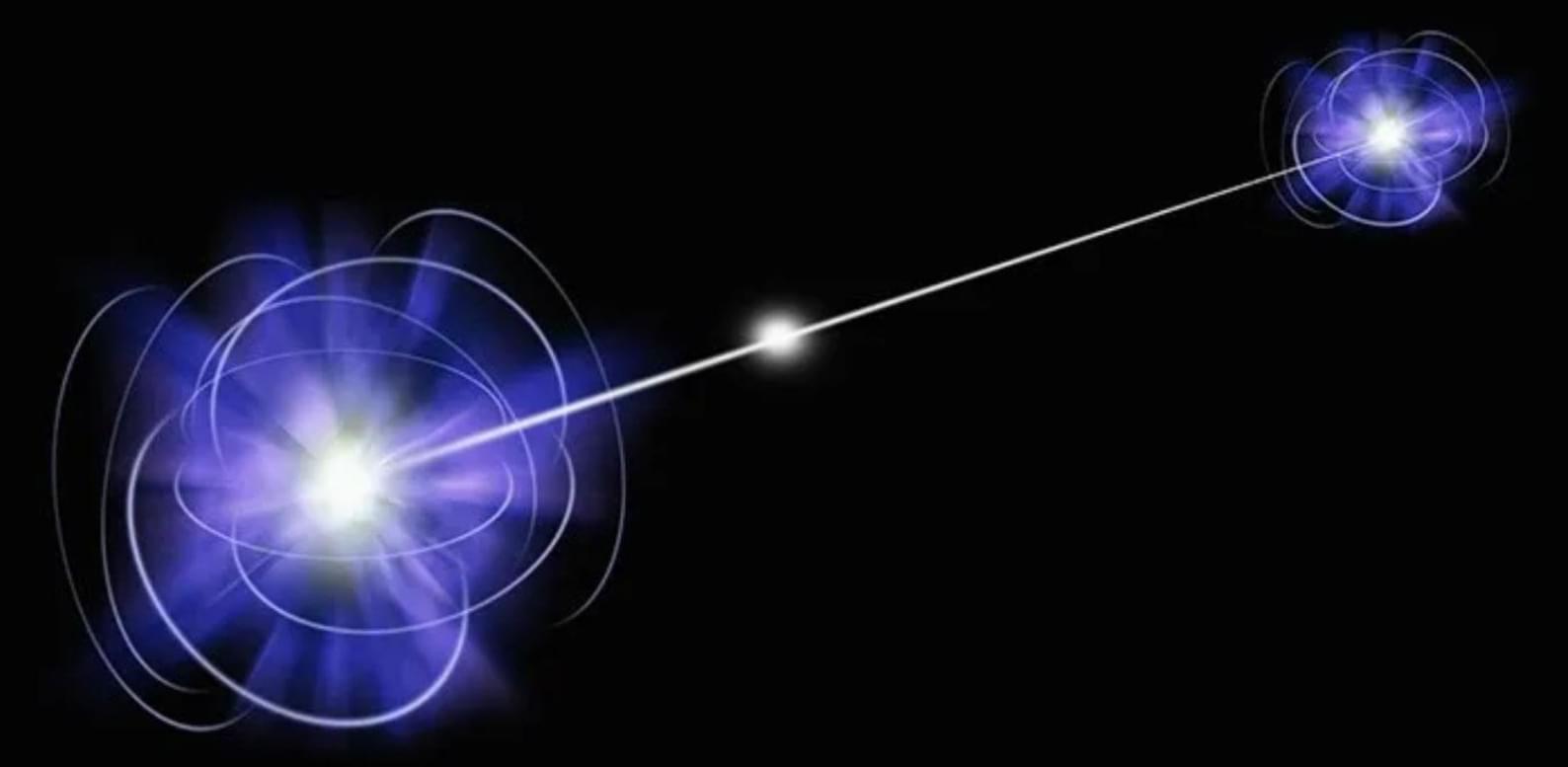Discover Lockheed Martin’s vision for how a water-based lunar architecture will help us settle permanently and sustainably on the Moon.
Get the latest international news and world events from around the world.
New zinc batteries clock 1,400 cycles at 99.8% efficiency using AI
Researchers in Singapore have achieved a breakthrough in rechargeable battery technology by solving one of the most persistent challenges in zinc-ion batteries, with the help of artificial intelligence.
Dendrites, tiny needle-like structures that form during charging and cause short circuits, have long posed an issue in zinc-ion (Zn-ion) battery technology by compromising battery safety and shortening their lifespan.


“Pseudoscientific” Theory Correctly Predicts Location of Consciousness
Special Offer! Use our link https://joinnautilus.com/SABINE to get 15% off your membership!
The rise of AI has made us humans increasingly question what consciousness really is. In a recent study, researchers pitted two competing theories of consciousness against one another, the controversial Integrated Information Theory versus Global Neuronal Workspace Theory. Let’s take a look at what they found.
Paper: https://www.nature.com/articles/s41586-025-08888-1
🤓 Check out my new quiz app ➜ http://quizwithit.com/
💌 Support me on Donorbox ➜ https://donorbox.org/swtg.
📝 Transcripts and written news on Substack ➜ https://sciencewtg.substack.com/
👉 Transcript with links to references on Patreon ➜ https://www.patreon.com/Sabine.
📩 Free weekly science newsletter ➜ https://sabinehossenfelder.com/newsletter/
👂 Audio only podcast ➜ https://open.spotify.com/show/0MkNfXlKnMPEUMEeKQYmYC
🔗 Join this channel to get access to perks ➜
https://www.youtube.com/channel/UC1yNl2E66ZzKApQdRuTQ4tw/join.
🖼️ On instagram ➜ https://www.instagram.com/sciencewtg/
#science #sciencenews #consciousness



Brain structure changes in people who work long hours
If you need an excuse to turn off the laptop over the weekend or rein in overtime, scientists have found that working extended hours actually changes parts of the brain linked to emotional regulation, working memory and solving problems. While we know the toll that “overwork” takes physically and mentally, the precise neurological impact has not been well understood.
An international team of researchers including scientists from Korea’s Chung-Ang University assessed 110 healthcare workers – 32 who worked excessive hours (52 or more per week) and 78 who clocked less than 52 hours per week, or what would be considered closer to standard hours in the field. Voxel based morphometry (VBM) to assess gray matter and atlas-based analysis was then applied to MRI scans of each individual’s brain, identifying volume and connectivity differences.
When the scientists adjusted the results to account for age and sex, they found that, in the overworked cohort, the imaging showed a significant difference in brain volume in 17 different regions of the organ – including the middle frontal gyrus (MFG), insula and superior temporal gyrus (STG). Atlas-based analysis identified that, in the overworked individuals, there was 19% more volume in the left caudal MFG. The MFG – part of the brain’s frontal lobe – is the heavy lifter when it comes to executive functioning like emotional regulation, working memory, attention and planning, while the STG’s main task is auditory and language processing. The insula, meanwhile, is key in pain processing and other sensory signaling.

Glimmer in the Void: An Exploration of Zero-Dimensional Information
There is a curious tension between the notion of information as zero dimensional and the very fabric of the universe that is measured in finite increments such as the Planck length, often considered the smallest meaningful unit of space (10⁻³⁵ m). From the day our earliest models of communication were formalized, theorists have wrestled with the idea that information might be weightless, formless, and without dimensional extension, even as all signals we use to transmit and store it require tangible, measurable structures. As a matter of conceptual elegance, zero-dimensional descriptions of information promise simplicity and universality, yet collide with the physical reality of a world that consists of definite quantum-scale granularity. While Gregory Bateson alluded to information as a “difference that makes a difference” (Bateson, 1972, p. 459), the question remains whether this difference is truly independent of spatial and temporal constraints, or forever bound to them in ways that challenge the zero-dimensional ideal.
When the classic figures of communication theory described the fundamentals of information, there was a sense that the symbol or “bit” itself was neither physical nor extended in space. Claude Shannon (1948) famously called the problem of communication one of “reproducing at one point either exactly or approximately a message selected at another point” (p. 379). Such an abstract conceptualization pushed any question of dimensional extension into the background, because the focus rested on logical patterns rather than the medium. Yet, even in these logical patterns, one finds references to signals, channels, and potential distortions that are inseparable from physical processes. A memory device — whether neural or silicon-based — still requires a physically instantiated substrate to encode these abstract messages. Norbert Wiener (1954), whose work helped launch cybernetics, was strikingly prescient when he declared, “Information is information, not matter or energy.

DARPA taps Aptima to bring media forensics to market amid deepfake surge
Aptima will lead the commercialization arm of DARPA’s Semantic Forensics program (SemaFor), building on its prior role as the test and evaluation lead for the initiative. Launched by DARPA’s Information Innovation Office in 2020, SemaFor aims to detect and analyze media not just at the signal level such as alterations in pixel data or compression artifacts, but also at the semantic level.
The new contract represents DARPA’s attempt to push SemaFor’s cutting-edge research beyond the defense and Intelligence Community and into broader commercial and public sector adoption. The program represents a conceptual leap from earlier forensics programs by targeting the intent behind media manipulation and its effects on public understanding and discourse.
The “SemaFor program is developing technologies to defend against multimedia falsification and disinformation campaigns,” DARPA explained in its FY 2025 budget justification document. “Statistical detection techniques have been successful, but media generation and manipulation technologies applicable to imagery, voice, video, text, and other modalities are advancing rapidly. Purely statistical detection methods are now insufficient to detect these manipulations, especially when multiple modalities are involved.”